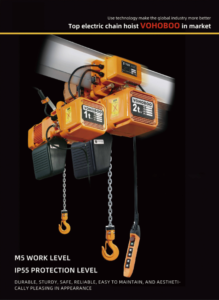
1. Electric Motor:
* The hoist is powered by an electric motor, typically mounted on the hoist body or housing.
* The motor provides the necessary power to drive the lifting mechanism.
2. Lifting Mechanism:
* The lifting mechanism consists of a chain or wire rope that is wound around a drum or sprocket.
* In the case of an electric chain hoist, a load chain is used. The chain is designed to handle heavy loads and is driven
by the electric motor.
3. Load Chain:
* The load chain is a durable chain made of high-strength materials, capable of withstanding the weight of the load
being lifted.
* it is attached to a lifting hook or other load attachment device.
4. Lifting Hook or Attachment:
* The lifting hook or attachment is the point where the load is connected to the hoist.
* It is designed to securely hold the load during lifting and lowering operations.
5. Control System:
* Electric chain hoists are typically equipped with a control system that allows operators to control the lifting operations.
* Control options may include push-button pendant controls, radio remote controls, or in some cases, a control panel on the
hoist itself.
6. Safety Features:
* Electric chain hoists often come with various safety features, such as overload protection, emergency stop buttons,
and limit switches to prevent overtravel.
* Some hoists also have thermal protection to prevent the motor from overheating during prolonged use.
7. Mounting and Configuration:
* Electric chain hoists can be configured for different mounting options, including hook-mounted (for attachment to a
beam or trolley) or trolley-mounted (for horizontal movement along a beam).
* The hoist may be designed for single or dual speed operation, depending on the application requirements.
8. Capacity and Speed:
* Electric chain hoists come in various lifting capacities, ranging from a few hundred pounds to several tons.
* Lifting speed is another important specification, and hoists may have single or dual speed options.
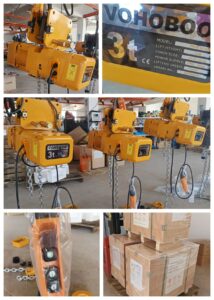

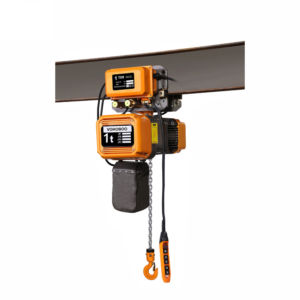


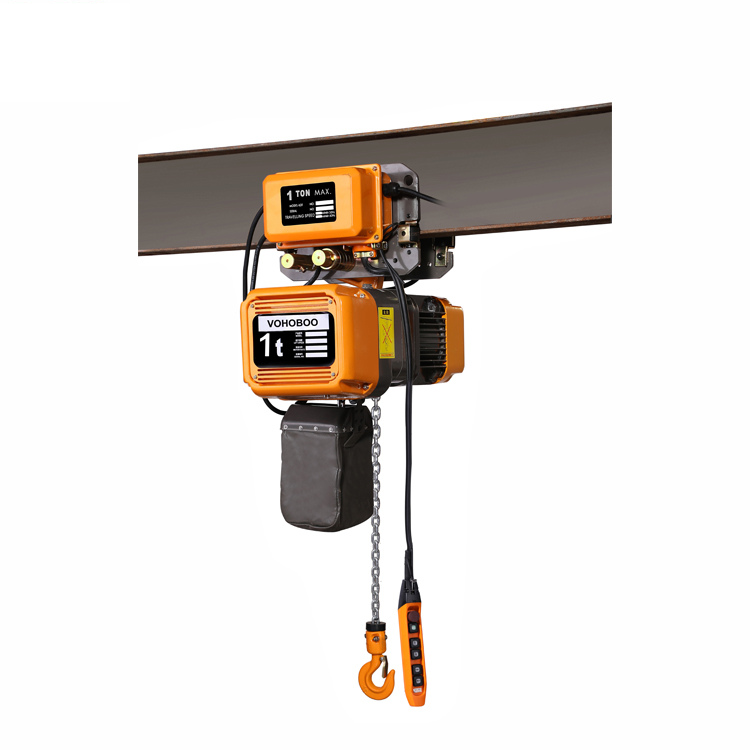

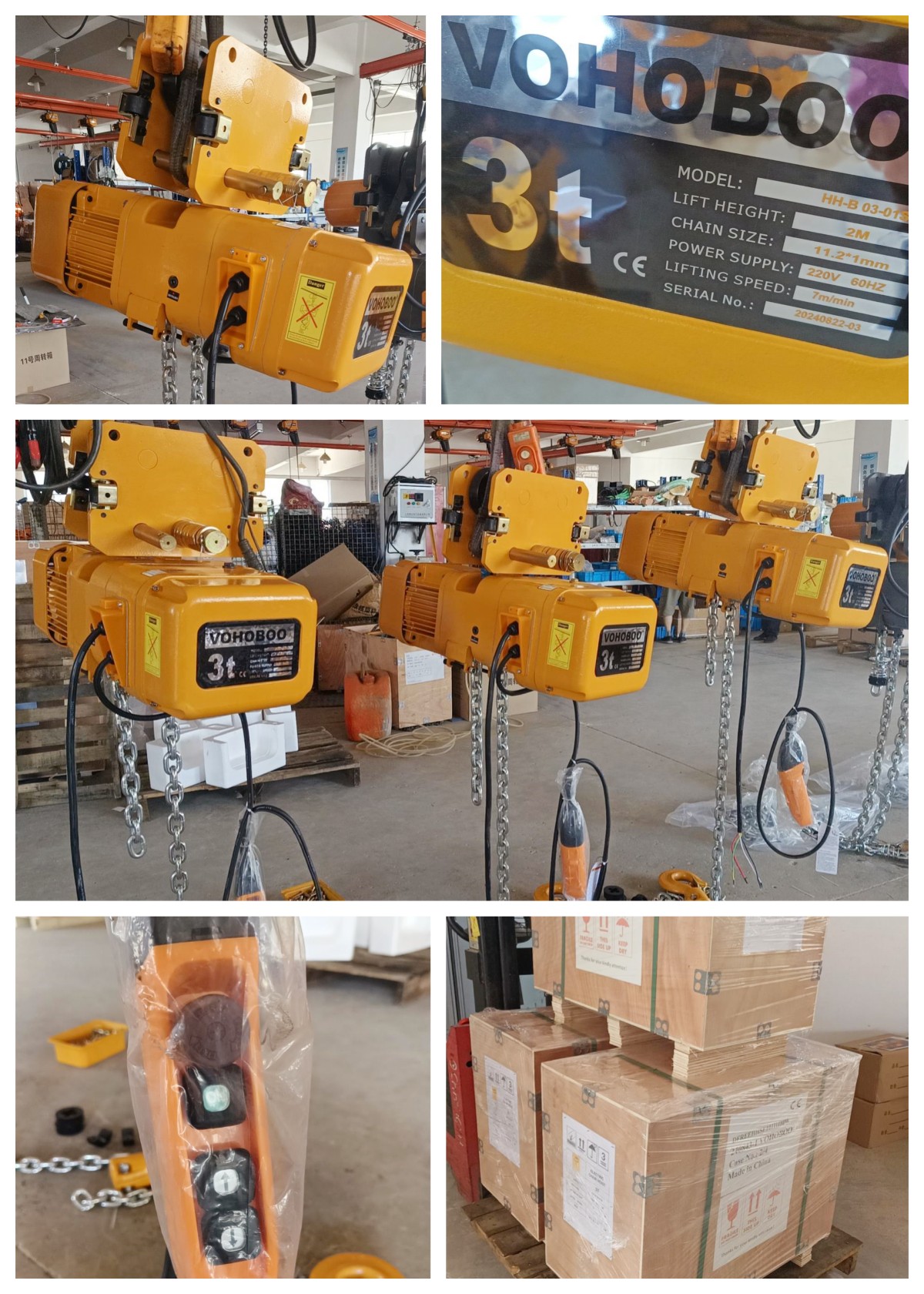

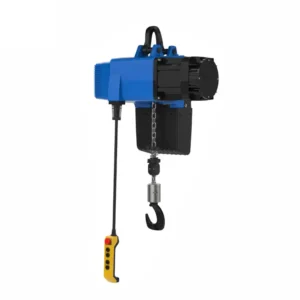



Reviews
There are no reviews yet.